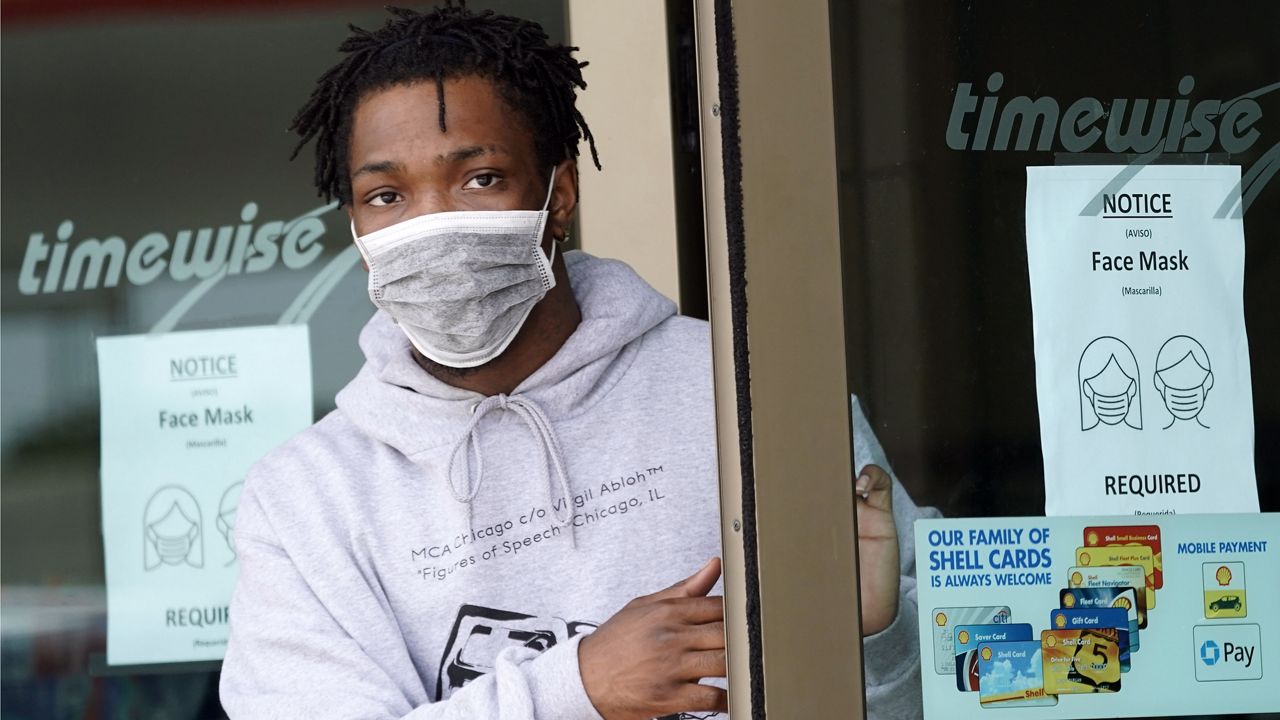If you’ve spent the last year (or longer) wearing a mask thinking you can design a better one, this might be the contest for you.
The Department of Health and Human Services (HHS) has created a “$500,000 Mask Innovation Challenge” to challenge Americans to create a more comfortable, but still effective and protective, face covering.
Acknowledging the challenges that come with mask wearing — including “contact dermatitis with prolonged wear, physical discomfort, fogging of eyeglasses, and difficulty communicating” — HHS’ Biomedical Advanced Research and Development Authority (BARDA) partnered with the CDC’s National Institute for Occupational Safety and Health (NIOSH) to create the challenge.
“We know that properly and consistently worn face masks help reduce the spread of SARS-CoV-2 and other respiratory infections, but many people are reluctant to wear them for a variety of reasons,” Nikki Bratcher-Bowman, HHS acting Assistant Secretary for Preparedness and Response (ASPR), said in a statement. “With this mask challenge, we want to get people across the country involved in developing new masks that are both effective and comfortable. This will help us control COVID-19 and be better prepared for future public health emergencies.”
“The Mask Innovation Challenge aims to improve the comfort, utility, and protective capabilities of products that are worn during day-to-day activities by the general public when physical distancing is not possible,” BARDA said in a release. “This competition is designed to support the development of mask designs that meet defined performance standards while also overcoming barriers to use.”
The challenge hopes to develop effective, innovative designs that can be mass-produced at a low cost per unit, which can still be protective while being easily worn.
The contest will be divided into two phases: Design, and Proof-of-Concept.
In the design phase — which is focused on improving upon already existing design — selected masks may be tested on, according to BARDA:
- Ability to reduce inward leakage of particles into the breathing zone across the interface of the device and the face
- Achieving filtration efficiency ≥20% against a sodium chloride (NaCl) aerosol challenge with a count median diameter of 75 ± 20 nm and a geometric standard deviation of 1.86 at a flowrate of 85 ± 4 Lpm
- Achieving inhalation airflow resistance of ≤15 mm H2O at a flowrate of 85 ± 4 Lpm. If the specimen lies flat in the filter holder, the flowrate will be adjusted to achieve a face velocity of 10 cm/sec
In the second phase, finalists must submit prototypes to NIOSH laboratories, or other partners, for testing to see if they meet airflow and filtration criteria.
Modifications to existing products, including masks or respirators cleared by the FDA or NIOSH or products already carrying internal respiratory certifications such as N95s, or self-contained breathing apparatuses, are not permitted. Sprays, creams, coatings, drugs, or other chemical treatments are also excluded.
Contestants have until April 21 to submit to the contest.



